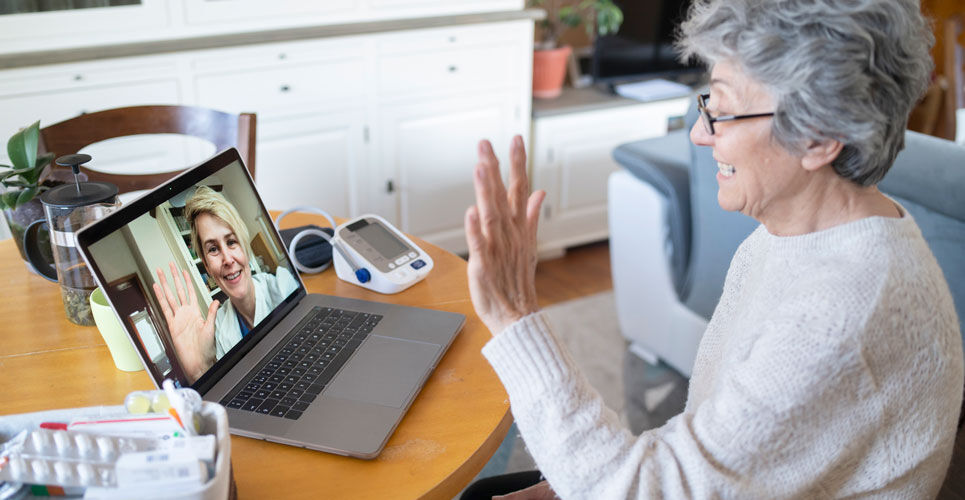Heart failure patients receiving remote disease monitoring and consultations may experience short-term cardiovascular and mortality benefits.
Digital health interventions (DHIs) have played an important role in the transformation of healthcare delivery in the past decade. DHIs were especially important during the early stages of the COVID-19 pandemic when interventions such as telemedicine for remote consultations became the ‘norm’ in many specialities.
Nevertheless, while imposed in many therapy areas during the pandemic, there are actually potential benefits for patients cardiovascular disease. For example, connected health technologies e.g., mobile phones, smartphones, tablets, wearable devices, smartwatches, personal health sensors, all provide an opportunity to revolutionise cardiovascular disease prevention through personalised, convenient, and easily accessible patient education and behaviour change support.
The value of DHIs for the prevention of cardiovascular disease was examined in a systematic review and meta-analysis in 2015, in which the authors concluded that the available data provide evidence that DHIs can reduce cardiovascular disease outcomes and have a positive impact on its risk factors. However, given that the data used in the aforementioned meta-analysis was collected more than eight years ago and the COVID-19 pandemic lead to enforced telemedicine and remote monitoring, for the present study, a Malaysian team of researchers sought to update the effectiveness of DHIs for patients with cardiovascular disease.
The researchers included randomised trials, observational and cohort studies that specifically addressed the effect of a telemedicine intervention on cardiovascular outcomes for those either at risk (i.e. for primary prevention) or those with established cardiovascular disease (secondary prevention).
The primary outcome was cardiovascular-related mortality, whereas secondary outcomes included hospitalisation, all-cause mortality and all-cause hospitalisation. Interventions were categorised as remote consultations; remote monitoring of health or diagnostic measures; transmission of medical data and finally remote case management.
Heart failure and cardiovascular outcomes
A total of 72 studies with 127,869 participants (65% male) were included in the analysis. The duration of studies ranged from 1 to 79 months and 49 were short-term (< 12 months) and 22 long-term (> 12 months). Overall, 39 studies included patients with heart failure, 19 addressed secondary prevention and 12 primary prevention.
For heart failure patients, combined remote monitoring and consultation were associated with a 17% reduced risk of cardiovascular mortality (risk ratio, RR = 0.83, 95% CI 0.70 – 0.99, p = 0.036). In addition, this combination significantly reduced hospitalisation for a cardiovascular cause (RR = 0.71, 95% CI 0.58 – 0.87, p = 0.0002) though this was largely in short-term (i.e., < 12 month) studies.
However, telemedicine had no effect on all-cause hospitalisation among those with heart failure (RR = 1.02, 95% CI 0.94 – 1.10, p = 0.71).
In secondary prevention studies, the combination of remote monitoring and consultation was associated with a small reduction in systolic blood pressure (mean difference = -3.59, p < 0.0001) but not on diastolic pressure. There was also a small but significant effect of remote consultations on body-mass index (p < 0.0064) in primary prevention.
The authors concluded that a combination of remote disease monitoring and consultation appeared to reduce cardiovascular-related hospitalisation and mortality risk among patients with heart failure in the short-term. They called for future research to evaluate the sustained effect of telemedicine interventions.
Citation
Kuan PX et al. Efficacy of telemedicine for the management of cardiovascular disease: a systematic review and meta-analysis Lancet Digit Health 2022.

